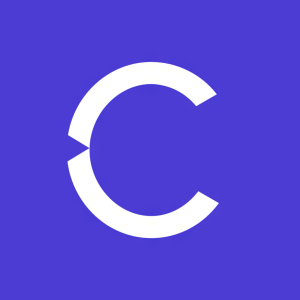Welcome to our dedicated page for Cognyte Software SEC filings (Ticker: CGNT), a comprehensive resource for investors and traders seeking official regulatory documents including 10-K annual reports, 10-Q quarterly earnings, 8-K material events, and insider trading forms.
Locating the revenue impact of a new government contract or separating R&D devoted to threat-detection algorithms inside Cognyte Software’s filings can feel like searching for signals in cyber noise. Each 10-K and 10-Q is packed with security analytics jargon, while Form 4 disclosures of executive stock moves arrive without context.
Stock Titan resolves that pain. Our AI-powered summaries translate every Cognyte Software SEC document into plain language, flagging material risks, segment performance, and contract backlogs in seconds. Whether you need the Cognyte Software insider trading Form 4 transactions or the latest Cognyte Software quarterly earnings report 10-Q filing, we deliver real-time alerts as soon as EDGAR posts them.
Common questions—“How do I read Cognyte’s 10-K?” or “What changed in yesterday’s 8-K material event?”—are answered on the spot. Long-tail queries such as “understanding Cognyte Software SEC documents with AI”, “Cognyte Software annual report 10-K simplified”, and “Cognyte Software proxy statement executive compensation” all point here because we connect filing types to what matters: how recurring subscription revenue scales, where customer concentration risks emerge, and when executives trade shares.
- AI-powered highlights and plain-English explanations
- Real-time Cognyte Software Form 4 insider transactions alerts
- Interactive charts that compare quarters and spotlight segment trends
- One-click access to Cognyte Software 8-K material events explained
- Downloadable tables for deeper Cognyte Software earnings report filing analysis
Stop scrolling through hundreds of pages. With Stock Titan, Cognyte Software SEC filings are explained simply, allowing you to focus on decisions, not deciphering documents.
Cognyte Software Ltd. (CGNT) reports that it will announce its third quarter fiscal 2026 financial results for the quarter ending October 31, 2025. The company plans to hold a conference call on December 9, 2025 at 8:30 a.m. ET to review these results and discuss its performance. Details of the call and announcement are provided in an accompanying press release furnished as Exhibit 99.1 to this report.


